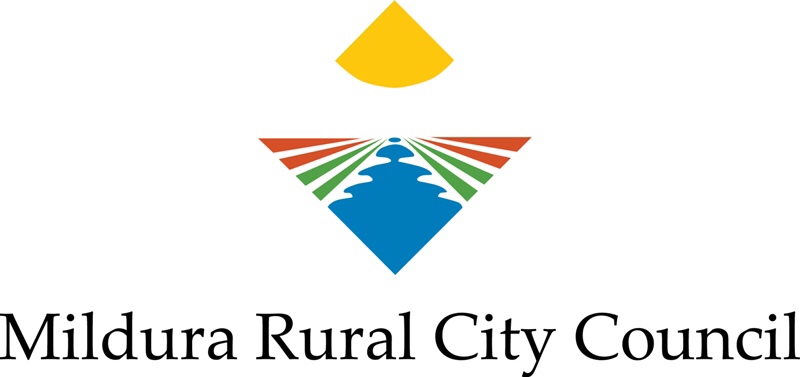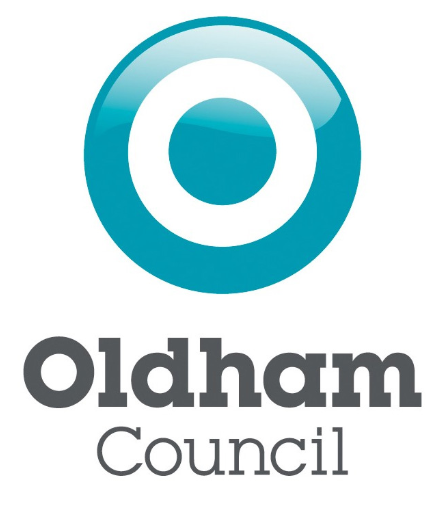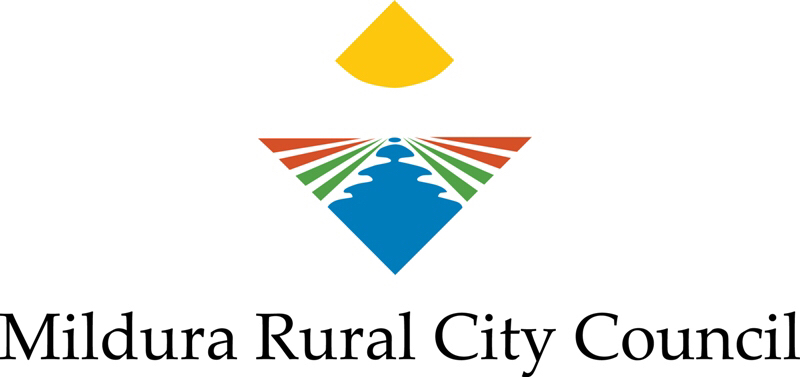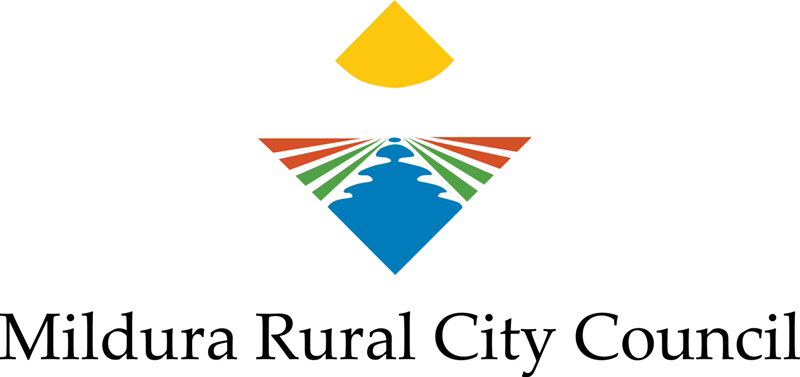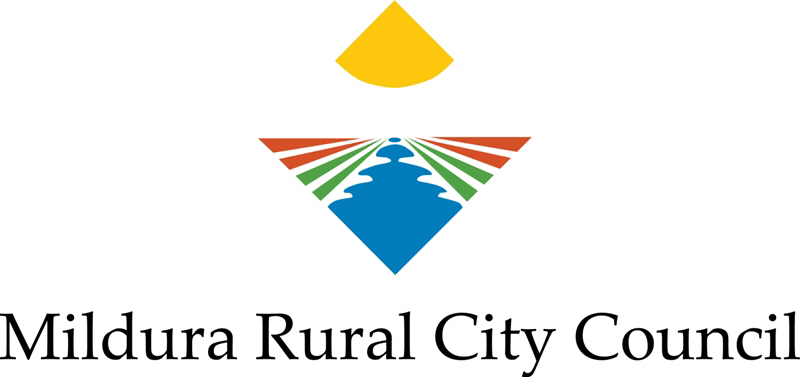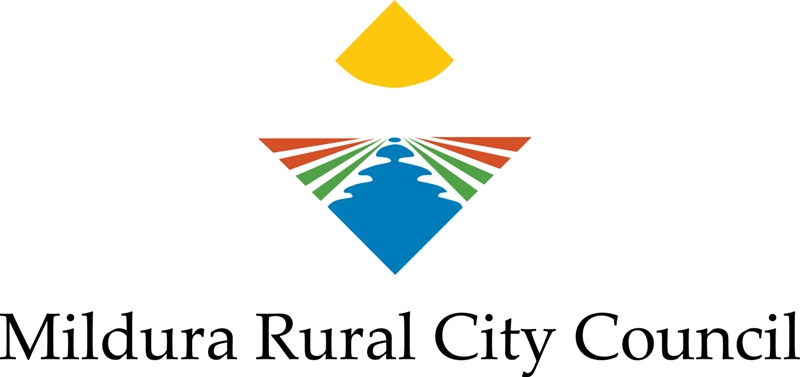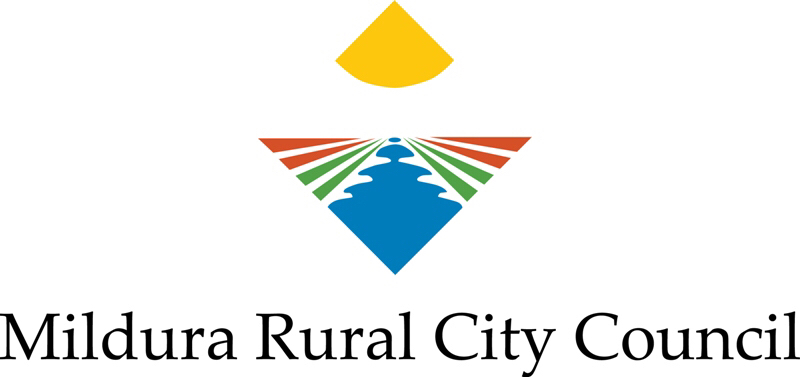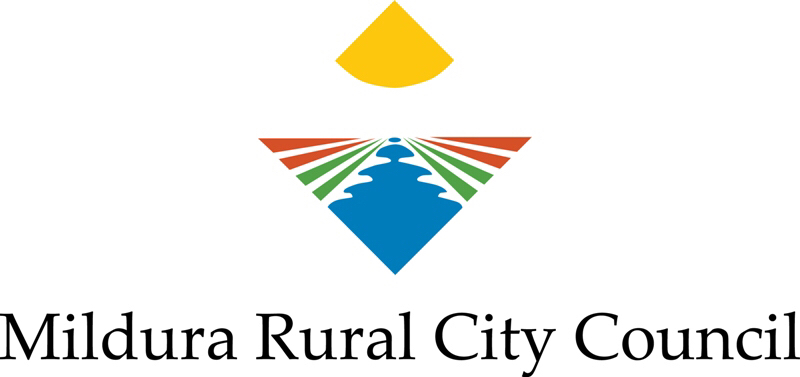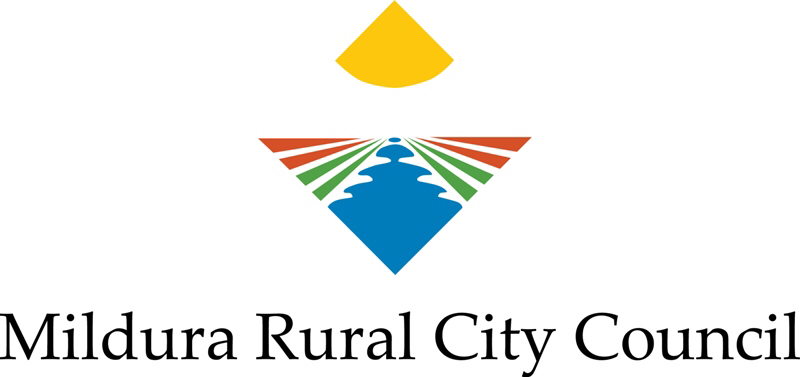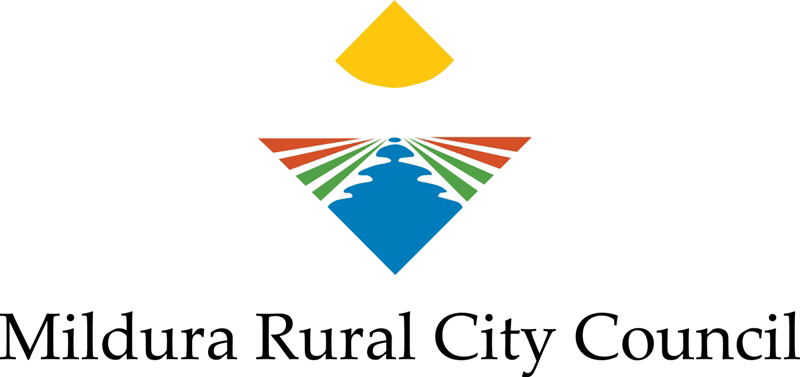Information
-
Premises name
-
-
Document No.
-
Trading Name
-
Conducted on
-
Prepared by
-
Location
Premises details
-
Inspection time & date
-
Registered name
-
Registration Number
-
Property File Number
-
Name of proprietor or staff member in attendance
-
Email address
-
Name of Authorised Officer
- Alana Nolen
- Brooke Keher
- Jacinta McLean
- Malcolm Hare
- Samuel Judd
- Joel Bray
- Jeremy Draper
- Helen Eyre
- Dale Hutchinson
- Paul Juma
-
Reason for assessment
REINSPECTION DATE
-
Is a re inspection required?
-
Select date
Procedures
-
Procedures
- Acupuncture
- Hairdressing/beauty
- Hairdressing/beauty/skin penetration
- Colonic Lavage
- Electrolysis
- Ear Piercing
- Hairdressing
- Tattooing
- Waxing
- Beauty
-
Other
General Information
-
Are floors, walls, ceiling, fitting and equipment durable and suitable for cleaning & constructed of sealed non-porous material ?
-
Is the lighting and ventilation adequate?
-
Australian Standards 1680.2 series recommends various levels based on specific tasks as :
Difficult 600 lux
Very difficult 800 lux
Extremely difficult 1200 lux -
Is there a designated hand wash basin supplied with warm water through a single outlet.
-
Soap and paper towel provided hands near hand wash basin
-
Appropriate hand washing technique?
-
Is a cleaning sink provided?
-
Are toilets provided clean and in a good state of repair?
-
Is staff dress & hygiene satisfactory?
-
Do staff have cuts, abrasions and burns covered?
-
Storage of linen adequate?
-
Is dirty linen washed in hot water?
-
Wash in hot water(70-80 c) and detergent. Dry in open air or in clothes dryer on hot setting.
-
Correct storage of chemicals and personal items?
-
Is an approved sharps container on site?
-
Is biological waste disposed of using EPA approved transport company?
-
Officer information
-
Cleaning is vital prior to disinfecting utensils, as any build-up of organic material (hair,grease etc.) will prevent the disinfectant from working effectively. All reusable equipment should be cleaned after it has been used. Instruments that are able to be immersed in water should be cleaned in the following manner: 1) WASHING in clean water with soap or a suitable detergent at the temperature recommended by the manufacturer. 2) RINSING in clean water. 3) DRYING with a clean cloth. The procedure used for disinfecting depends on the type of disinfectant and instrument. It is therefore important that the manufacturer's instructions are followed in relation to the dilution of the disinfectant and the contact or immersion time required. Disinfectants should not be used past their use-by date. Chemicals that are appropriate for disinfecting utensils include: • Alcohol, ethyl 70% • Alcohol, isopropyl 70% • Hospital Grade Disinfectant • Sodium Hypochlorite 1%
-
All disinfecting immersion containers should be changed daily and scrubbed out to remove any build-up of organic matter that will reduce the effectiveness of the disinfectant. Electric Clippers and other electrical items should not be immersed in water. Cleaning and disinfection should instead occur by wiping them with a alcohol impregnated cotton pad to remove all "dirt", then spraying or wiping them with an appropriate alcohol based disinfectant. Glutaraldehyde is not a recommended disinfectant, due to its hazardous and corrosive nature. All items such as combs, brushes, scissors, clippers, manicuring and pedicuring instruments and make-up equipment should be cleaned and disinfected between clients, and operators should have enough cleaned and disinfected equipment to allow for the busier times. New single-use disposable razor blades should be used for each person, and used blades should be placed in a sharps container. If a reusable cut-throat razor is used, the blade should be disposed of in a sharps container immediately after use. The blade handle should then be cleaned and sterilised before reuse. A new single use razor blade can then be attached to the handle. If the client's skin is accidentally cut, the cutting instrument should be immediately disposed of, or cleaned and sterilised before being re-used. Ultraviolet cabinets do not disinfect or sterilise items as the radiation does not penetrate to all surfaces of the articles exposed. They should only be used for storage of clean and disinfected items. Items should be processed in accordance with the ultraviolet cabinet manufacturer’s instructions and AS/NZS 4815:2006.
-
Cleaning Prior to Sterilisation Reusable skin penetrating equipment should be cleaned in the following manner: 1) RINSE the equipment in cold water to remove any blood or serum. (Hot water at this stage will cause coagulation and adherence of matter to the instrument and prevent complete sterilisation). 2) WASH the equipment using hot water and soap or detergent. (Using hot water with detergent at this stage will help remove any grease and oils). 3) RINSE the equipment thoroughly in hot water (greater than 70oC) and allow to dry. 4) STERILISE the equipment using an autoclave or other approved steriliser in accordance with the times and temperatures indicated on Autoclave. For the operator's safety when cleaning items, disposable (and durable) gloves and protective clothing should be worn. Splashing and handling needles other than with forceps should be avoided. Needles should be visually inspected for damage prior to cleaning. Use of a clean nylon brush or pad in the cleaning stage will help to remove material.
Hairdressing
-
Is hairdressing undertaken?
-
Are single use neck towels used on each client?
-
Are styptic applicators used?
-
Are combs, brushes, scissors & clippers washed with warm water & detergent, rinsed in hot water & allowed to dry?
-
Are single use razors or safety razor blades disposed of in a sharps container?
-
Is equipment sterilised correctly?
-
Is all cleaned equipment stored in a sanitary condition?<br>( electric razors not permitted)
-
Separate sink for the cleaning of equipment
-
Records being maintained?
-
Clean and soiled linen stored in separate receptacles
-
Storage of chemicals and personal items
Ear/Body Piercing/Tattooing
-
Is ear,body piercing or tattooing undertaken?
-
Are records of clients names, contact details, date & description of procedure & jewellery?<br>
-
Records are to be stored at the premises for a period of 12 months following the date of the last procedure.
-
Are clients being provided with information regarding skin penetration & the transmission of disease in accordance with the Public Health & Wellbeing Act 2008?
-
The proprietor must ensure before each process each client is provided with written information about the transmission of infectious diseases associated with the process.
-
Is jewellery stored in a sterile condition?
-
Is the ear-piercing gun stored in a sanitary condition?
-
Is cleaning & sanitising the ear-piercing gun satisfactory between clients?
-
Skin prepared with suitable antiseptic and allowed to air dry prior to treatment
-
Single use disposal able items disposed immediately after use
-
Any article used to penetrate the skin is cleaned and sterilised before being used again, or is disposed of appropriately immediately after its use
-
Is an autoclave in use?
-
Is chemical disinfection or sterilisation monitoring record used?
-
Do staff have a thorough knowledge of the sterilisation process?
-
Is an incident record on site?
-
Sterilisation records?
-
A record should be maintained of any equipment sterilised. This should be available for inspection by an authorised officer. At a minimum, the following details should be recorded: • time and date; • length of time held at maximum pressure and temperature; • maximum pressure and temperature achieved; • any faults with the cycle; and • number and type of items sterilised. Servicing and calibration records for the sterilising device (on or off site) should also be maintained. This should also be available for inspection by an authorised officer.
Beauty Treatment
-
Any beauty treatments?
-
Is there adequate supply of single use disposable gloves?
-
Are single use applicators disposed of after each dip into the wax pot?
-
Wax disposed immediately after use
-
Wax remaining in roll on wax canister disposed of before next client
-
Wax applicators dipped once and disposed of?
-
Is there a wax temperature, chemical disinfection, or sterilisation record?
-
Is wax heated to 70-80 C for 15 minutes between clients if single wax pots or single use applicators are not used?
-
Are re-usable instruments cleaned & sanitised after each client?
-
All articles, including cuticle nippers/cutters, used to penetrate the skin are sterile
-
Is a steriliser required?
-
Records for each sterilisation cycle (date, time held at max pressure and temperature, any faults with cycle, operator and number of items processed)
-
Is there evidence that indicators are being used to check the steriliser?
-
Is an incident record on site?
-
Foot spas are correctly cleaned and disinfected after each client
-
Foot spas components are removed and scrubbed daily
-
Foot spas cleaned and disinfected daily. When cleaning foot spas, all components e.g. inlet jets need to be removed and scrubbed clean, and the entire foot spa then needs to be cleaned and disinfected. After it has been disinfected, drain, rinse and dry the foot spa.
-
Foot spas soaked overnight with disinfectant once a week.
-
Adequate toilet facilities for colonic lavage
Inspection result
-
Inspection Result
-
Further Action?
-
Date of reinspection
-
Additional Information
Declaration
-
Proprietor/staff: I have had the contents of this inspection report explained to me and understand the contents
-
Environmental Health Officer
General information
-
• The Department of Health, Victoria, provides guidelines to help businesses to comply with the Public Health and Wellbeing Regulations 2008 by providing information on infection control. Council advises all premises to comply with the relevant documents for best practice purposes.
